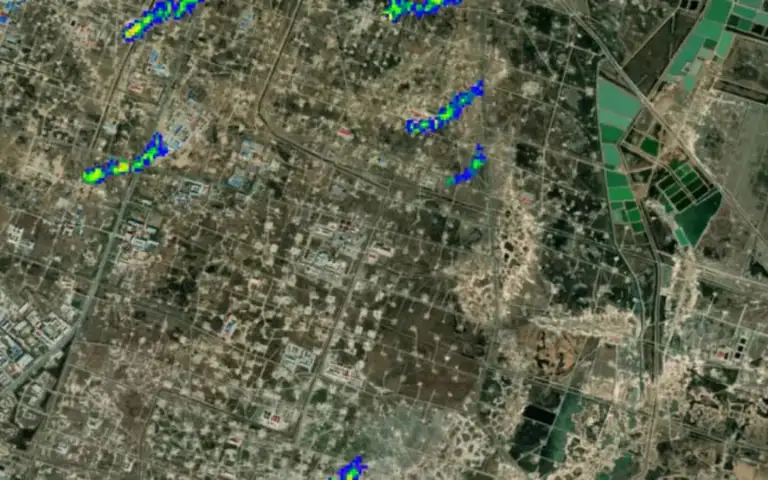Exploring GHGSat Methane Data as Part of NASA’s Climate Solutions Initiative
GHGSat Inc.’s emissions tracker has captured high-resolution satellite observations of global methane releases, which NASA will study as part of its efforts to curb leaks of the potent greenhouse gas. The data will be evaluated by scientists at NASA’s Earth Science Division under its commercial small satellite data acquisition program to determine if it can help achieve the agency’s wider goals, including mapping the climate effects of human activity. The initiative currently uses observations from satellite operators such as Planet Labs PBC and Maxar Technologies Inc. to supplement NASA’s own Earth observations.
As the planet rapidly warms, triggering extreme weather events from wildfires to heat waves, countries are getting more serious about tracking and stopping avoidable methane leaks. The heating power of methane is more than 80 times greater than that of carbon dioxide during its first 20 years in the atmosphere. Policymakers are increasingly using satellite observations of methane emissions because curbing those emissions — from fossil fuel production, agriculture and landfills — is one of the fastest and cheapest ways to manage scorching heat in decades. Read more: A cheap solution to global warming is finally getting support
Both the European Union and the United States are preparing new rules aimed at limiting methane emissions, and about 150 countries have joined the Global Methane Pledge, which aims to reduce global methane emissions by 30 percent by the end of this decade. U.S. officials are also discussing with their Turkmen counterparts ways to help the Central Asian country curb some of the world’s worst methane emissions from its aging oil and gas operations. NASA’s own Jet Propulsion Laboratory and the California Institute of Technology’s EMIT instrument, which was installed on the International Space Station last July, began publishing methane emissions data through its public portal in February. Bloomberg Green has used satellite observations from GHGSat, EMIT and analyzes from Kayrros SAS to report previously unreported methane emission events.
After evaluation, NASA will decide whether GHGSat data can be accepted as part of the Small Satellite Data Collection Program and used to support its scientific goals. GHGSat will provide NASA with new observations and archival data for evaluation, the statement said.




